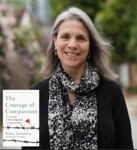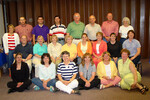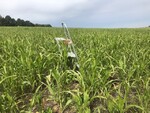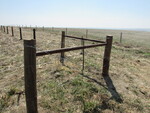Posted date: Jun 18, 2020
by: Admin My Local Life
974 Views
~Helen Dobbs
From:
David Driscoll
Hello!
Many things have been changing of late in our communities but some exceedingly important efforts must also continue during these times. The 2020 Census is a prime example.
In recent weeks, census self-response rates across Kansas have slowed. Certain geographic areas and census tracts have been slow to self respond due to both suspended field operations and having significant hard-to-count populations. Only a handful of Kansas’ 105 counties have attained 2010 self-response levels. Our state has yet to crest our statewide self-response rate of 70% as achieved in the 2010 Census.
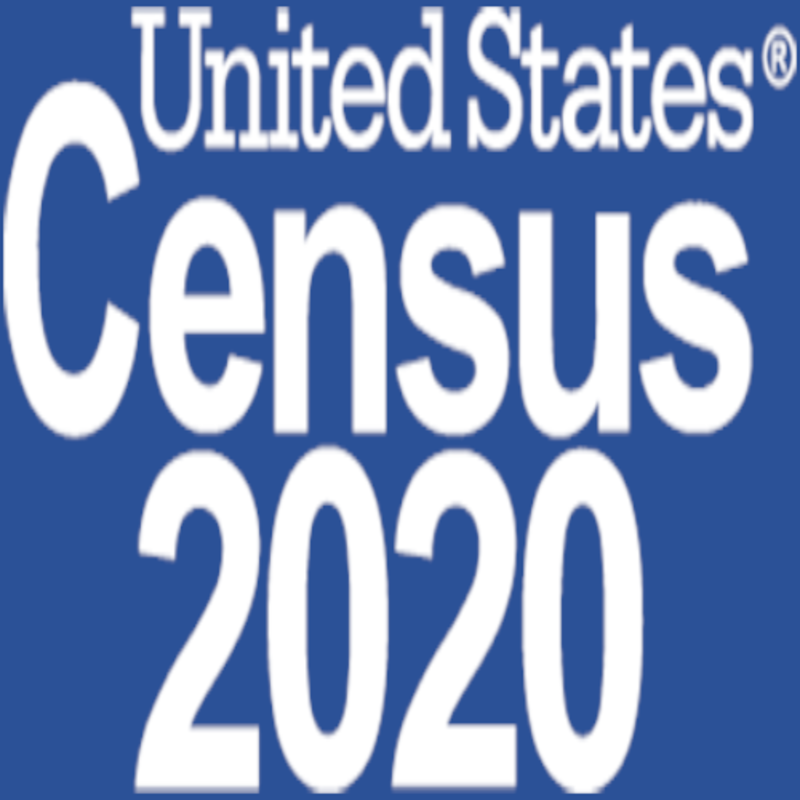
To renew enthusiasm among Kansas communities, we’re planning a collaborative statewide push to engage Kansans in a "CALL FOR THE COUNT" week intended to elevate awareness, help assure Kansas includes EVERYONE and surpass our 2010 self response rate of 70%--our first step in getting to a 100% count of ALL Kansans!
“Call for the Count” is very basic and built on the notion of a phone tree. And it’s easily done from the comfort of your home. This can be a call, a text, an email, or outreach via your favorite social media platforms!
How does it work? – Ask at least five co-workers, friends, neighbors or family members to fill out their Census form. And then ask those who agree to call five of their friends and family members. And so on. The concept is in keeping with the idea trusted voices will be the ones to convince others — especially those hard-to reach -- to fill out the Census.
I’ve included everything needed for volunteers to get started making calls:
* A basic call script with information about what needs to be done to easily fill out the Census.
* FAQ's on responding, safety and why it's so important to a community’s residents and families.
* A Fact sheet on Why We Ask each question.
* Spanish language resources.
WHAT'S NEXT? We’d like you to help make calls as well as share this request with your contact lists! Please use this email and the associated resources to share with your network. (SPANISH VERSION AVAILABLE FOR THE ASKING.) The more "trusted voices" helping "Call for the Count" the more successful the project.
Let us know you’re "in." And as always, we welcome any questions or suggestions. I’ll look forward to hearing back from you.
Everyone counts!
_DAVID DRISCOLL_
Kansas Regional Partnership Specialist
U.S. Census Bureau
Email: david.p.driscoll@2020census.gov
Phone: (816) 896-7404
FAQ for Call 5 for the Count:
Do I have to respond? YES—your household should respond--it's actually our civic duty. And it is our country’s only civic endeavor that includes ALL and matters for EVERYONE.
I’m not officially a U.S. Citizen. Should I respond? YES! If you live here in Kansas, you count. The Census is not about citizenship status, it IS inclusive and intended to count all who are here.
I don’t see the point. What's in it for me and my family? Responding to the Census actually has an impact on every family in every community for the next 10 years. It ensures adequate representation in government and impacts how billions of dollars are distributed through federal, state and local programs. Thus, being counted allows households to have a direct 'say' in where dollars go—annually through 2030. If your household is uncounted, it’s not included in the population counts used to distribute more than $6 billion dollars in Kansas--much needed dollars to your community—not only for today but for the next ten years.
But WHY should I personally care about the Census?
There are many quality-of-life programs for families, friends, grandparents, aunts, uncles, neighbors, businesses and employers, that are shaped by the Census and resulting population counts in our Kansas communities. You or someone you care about has likely been impacted by these programs---or potentially WILL be in the coming years. This is just a short list of some of the hundreds of programs impacted—and keep in mind—these counts will also influence dollars distributed through NEW programs for those that are created in the years to come:
A. School breakfast, lunch and summer food programs
B. Early childhood education, Headstart
C. Healthcare funding for health insurance, Medicaid and Medicare healthcare assistance
D. Housing Assistance programs
E. Emergency services and 911
F. FEMA funding for disasters and pandemic response in communities
G. School district English Language Learning, migrant, refugee and homeless funds
H. Funding for student grants/loans for technical schools and college
I. Funding for our Roads, highways, bridges
J. School, hospital construction assistance, etc.
Are my local schools impacted by the Census?
YES! Many of the programs listed above and more impact schools, AND population counts inform things beyond federal funding like district boundaries for schools, building new schools or closing schools, school programs like early childhood programs, planning for class sizes and new programs.
Does the Census impact my local community?
Absolutely. The Census will impact community and economic decisions for the next 10 years.
The Census impacts economic development opportunities and plans for new hospitals, schools, emergency services, road, highway and bridge construction, and new business opportunities.
What if a family in my circle is concerned about responding, distrusting of the government, or fearful of retribution?
1. It’s important to please acknowledge the fear. It is valid and understandable.
2. Please reinforce the ultimate goal of the Census is to count everyone who lives here—citizen or not. As a country of immigrants, this is a cornerstone for the Census effort which for more than 200 years has committed to counting everyone living here. Now more than ever, for adequate representation, for building the future of our country, for creating programs and building community, it's important everyone in our community is included.
3. Be clear: The U.S. Census Bureau will not release any personal information:
A. The Census will NOT share any response data we receive with any local, city, county, state or federal agencies for 72 years.
B. All Census employees took an oath for life to never reveal any information to anyone.
Census employees guard your privacy with their liberty. They are subject to a minimum of 5 years to 22 years in federal prison and a fine of $250,000 to $650,000 per conviction if they reveal any information about anyone to any local, city, county, state or federal agency.
4. Every resident living in Kansas counts. There is NO immigration status needed to answer the Census. It does not matter if the person is a recent immigrant or that family has been in the U.S. for 200 years. The Census counts all who live here: those who have no immigration papers as well as every U.S. Citizen and everyone in between.
I’m not sure 'who' to count in my household! Can you help? Those filling out the census for your household should count everyone living there as of April 1, 2020. This includes anyone—related or unrelated to you—who lives and sleeps at your home most of the time. Please be sure to count roommates, young children, newborns, and anyone who is renting a space in your home. If someone is staying in your home on April 1 and has no usual home elsewhere, you should count them in your response to the 2020 Census.
If someone such as a college student is just living with you temporarily due to the COVID-19 situation, they should be counted where they would have been living on April 1, 2020, by responding online for themselves/their roommates at 2020census.gov or 1- 844-330-2020.
** PDF's available with this article **



